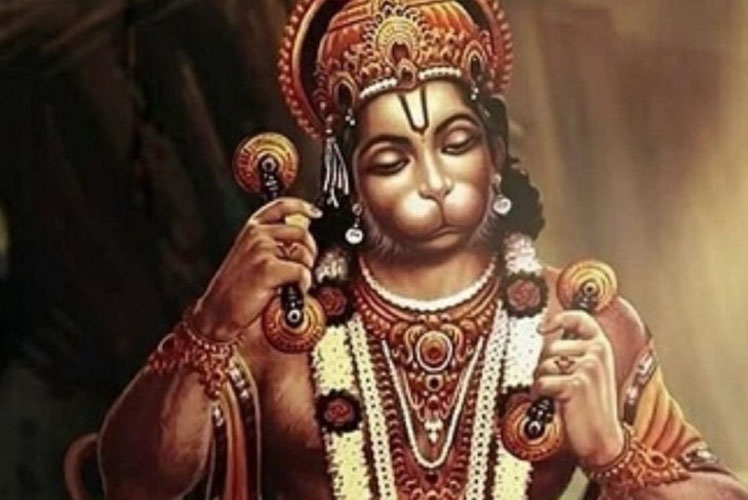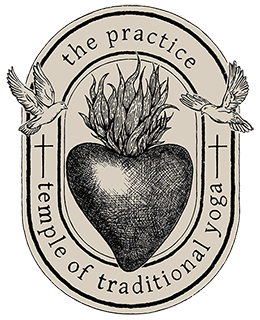By Ellen Arthur.

A Hindu devotional mantra that goes about addressing the great Lord Hanuman in fine detail, symbolising strength and devotion. It is believed to have been created around the 15th Century by an India poet and philosopher Goswami Tulsidas.
Chālīs translates from the Hindi language to the number 40, hence the name, as this mantra has 40 verses in total, not including the couplets at the beginning and end. The 40 verses of appraisals to hanuman are said to be the link between God and the masses. Allowing us mere mortals to have an experience of the divine through this mantra.
Who was Tulsidas?
An esteemed poet, preacher, writer and philosopher, who encouraged many to seek refuge in God, through devotion. Having wrote over 12 books, he wrote these books under the direction of Hanuman.
Regarded as an incarnation of Valmiki, the author of the epic Hindu tale the Ramayana. Tulsidas founded the Sankat Mochan (reliever of troubles) Temple dedicated to Lord Hanuman in Varanasi.
A young Tulsidas was said to have been running with bad company, drinking, gambling, moving in low moral crowds, when his father insisted that he turn his attention toward God. Being born to a noble family Tulsidas had the opportunity in his lifetime to become an enlighten being. Advised not to waste his precious life in sexual pleasure, but to repeat the name of Ram and attain liberation. After some time of dedicated practice and service, his name was spoken throughout the streets as a great master. A nearby emperor demanded that Tulsidas perform a miracle for him. Tulisdas replied “I am merely a servant of Rama, he is the worker of miracles, not I”. The emperor was angry and threw him in jail for not obeying him.
Tulsidas coined the 40 verses of the Hanuman Chalisa from the emperors prison, 40 verses for each day that he was confined.
The mantra became a prayer to Hanuman, to save him from the predicament he was in. At the end of the 40 days an army of monkeys appeared at the prison and caused much chaos and turbulence. They clawed at people, tore clothes, entered homes, destroyed gardens and buildings. The emperor finally realised this must be the work of the man he imprisoned. Falling at his feet the emperor begged for forgiveness and eventually Tulsidas was released. Tulsidas set about preaching the power and strength of these verses far and wide.
Who is Hanuman?
Hanuman is a Hindu monkey God, with a human body and a monkey head, that represents our monkey, distracted, chaotic mind. If we harness the power and intelligence of the mind we are able to use that power for good, rather than exacerbating our fears and doubts.
Hanuman is a devotee of Lord Rama & Goddess Sita, and one of the central characters of the Ramayana. Hanuman is praised for his strength, courage, resilience, wisdom, celibacy and his pure devotion to Rama. All of his qualities are detailed within the Hanumān Chālīsa at great length.
When we chant the Chālīsa, we rid our physical and mental weaknesses, our tendency toward negativity decreases and anything inauspicious in our lives dissolves. We are also asking for the boon (a divine blessing) of grace, so that the discomfort, pain and suffering we endure in our lives be eased, as we hold God in our hearts at all times.
As we wipe the dust from our own hearts, through the guidance of the Guru (the remover), we call upon Rama, who bestows the four fruits (phalam) of life, honesty (Dharma), riches (Artha), delight (Kama) and freedom (Moksha). Triumph to Hanuman, Ram’s greatest devotee, who is the epitome of knowledge, devotion and strength, every difficult task in this world become easy by your grace.
Jai Hanuman Ki Jai.
Words and translation of the Hanumān Chālīsa found here.
